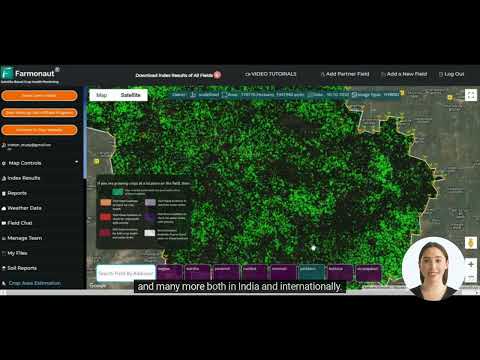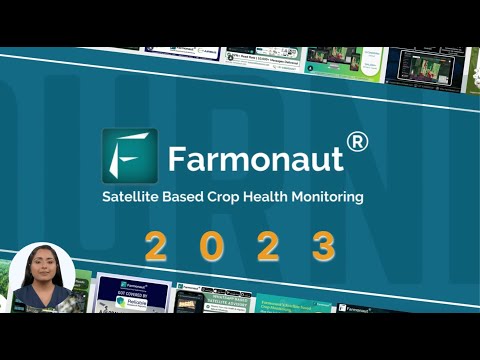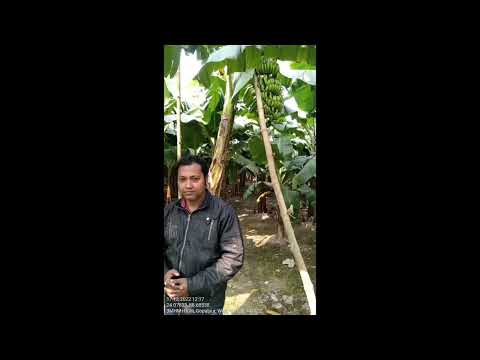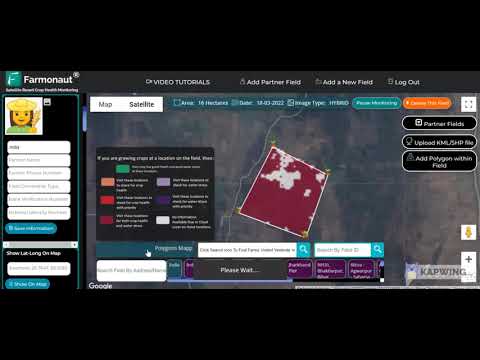Navigating Challenges: Inside Pittsburgh’s Complex Monongahela River Dredging Operations
“The Monongahela River dredging project in Pittsburgh manages over 200 miles of navigable waterways, crucial for regional commerce.”
In the heart of Pittsburgh, a monumental undertaking is reshaping the very lifeblood of the region’s commercial waterways. We, at the U.S. Army Corps of Engineers Pittsburgh District, are spearheading a complex and crucial river dredging operation that is transforming Monongahela River navigation. This intricate project involves cutting-edge channel restoration techniques and meticulous underwater infrastructure management to maintain a vital commercial river transport route.
As we delve into the depths of this fascinating endeavor, we’ll explore the myriad challenges faced by our dedicated teams and the innovative solutions employed to overcome them. From precision excavation methods to state-of-the-art environmental dredging practices, this blog post will provide an in-depth look at the intricate world of river bottom excavation and navigation channel maintenance.
The Monongahela River: A Lifeline for Pittsburgh’s Economy
The Monongahela River has long been a critical artery for Pittsburgh’s industrial and economic growth. Stretching over 128 miles, this waterway plays an integral role in the transportation of bulk commodities, supporting countless industries and jobs throughout the region. However, maintaining the river’s navigability is an ongoing challenge that requires constant vigilance and expertise.
Our Pittsburgh district dredging project is not just about moving soil and rocks; it’s about ensuring the continued flow of commerce and sustaining the economic vitality of the entire region. The importance of this work cannot be overstated, as it directly impacts the efficiency and cost-effectiveness of transporting goods along this crucial waterway.
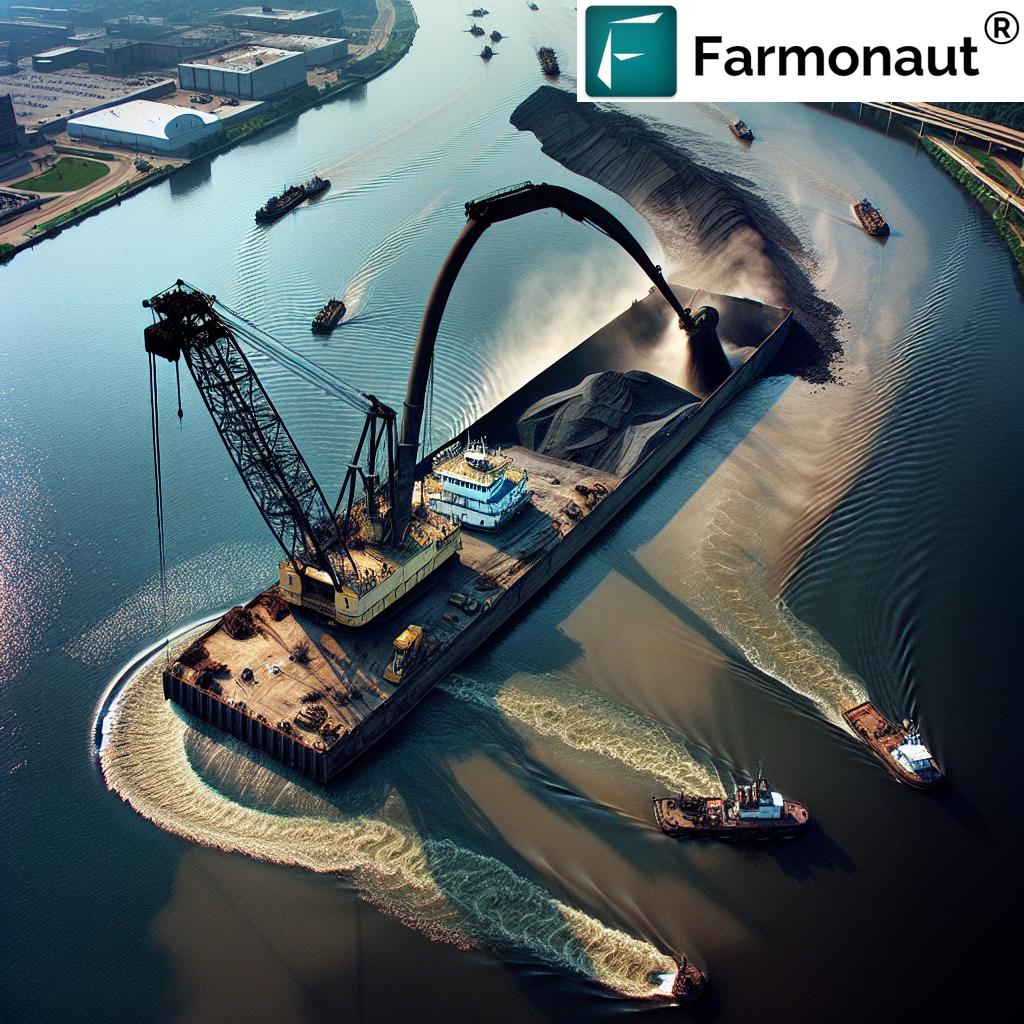
The Complexity of River Dredging Operations
At first glance, dredging might seem like a straightforward process of scooping up material from the river bottom. However, the reality is far more complex and demands a level of precision and expertise that goes far beyond what meets the eye. Our operations involve a intricate dance of heavy machinery, advanced technology, and skilled personnel working in harmony to maintain the river’s navigability.
The challenges we face are numerous and varied:
- Dealing with unpredictable river conditions and water levels
- Navigating around critical underwater infrastructure
- Removing massive boulders and debris
- Ensuring minimal environmental impact
- Coordinating with commercial traffic to minimize disruptions
Each of these challenges requires a unique approach and specialized expertise to overcome. Let’s dive deeper into the intricacies of our dredging operations and the innovative solutions we employ to keep the Monongahela River flowing smoothly.
Precision Excavation: The Heart of Dredging Operations
At the core of our river dredging operations lies the art and science of precision excavation. This process involves the careful removal of sediment, debris, and other materials from the river bottom to maintain the required depth for safe navigation. Our teams utilize state-of-the-art excavators mounted on specialized barges, capable of reaching depths that would be impossible with traditional land-based equipment.
These floating excavators are equipped with GPS-guided systems that allow for incredibly precise positioning and depth control. This level of accuracy is crucial when working around sensitive underwater structures or in areas with varying bottom contours. Our operators, highly skilled in handling these massive machines, work tirelessly to ensure that every scoop of material is removed with surgical precision.
One of the most challenging aspects of our work is dealing with oversized debris and boulders. In some instances, we’ve encountered rocks the size of small cars that need to be carefully extracted or repositioned to maintain safe passage for vessels. This requires not only powerful equipment but also the expertise to handle such massive objects without damaging the surrounding riverbed or nearby infrastructure.
Environmental Dredging Practices: Balancing Progress and Preservation
As stewards of the Monongahela River, we understand the critical importance of maintaining the delicate balance between necessary dredging activities and environmental preservation. Our environmental dredging practices are designed to minimize the impact on aquatic ecosystems while still achieving our navigation maintenance goals.
Some of the key environmental considerations in our dredging operations include:
- Careful timing of dredging activities to avoid disrupting fish spawning seasons
- Use of silt curtains to contain suspended sediments and prevent their spread
- Regular water quality monitoring to ensure compliance with environmental standards
- Proper disposal of dredged materials in designated, environmentally-safe locations
- Restoration of disturbed areas to maintain habitat integrity
We work closely with environmental agencies and experts to ensure that our dredging activities adhere to the strictest ecological standards. This commitment to environmental stewardship is not just a regulatory requirement; it’s a core value that guides every aspect of our operations.
“Dredging operations in Pittsburgh’s rivers can remove up to 150,000 cubic yards of sediment annually to maintain safe navigation channels.”
Advanced Mapping Technologies: Guiding Precision Dredging
In the realm of modern river dredging operations, advanced mapping technologies play a pivotal role in ensuring efficiency and accuracy. Our teams utilize a combination of sonar, LiDAR, and satellite imagery to create highly detailed 3D maps of the river bottom. These maps provide invaluable information about underwater topography, sediment distribution, and potential obstacles.
The mapping process involves:
- Multi-beam sonar surveys to create high-resolution bathymetric maps
- Side-scan sonar to detect objects and anomalies on the river bottom
- LiDAR scans of the shoreline and adjacent areas for comprehensive terrain modeling
- Integration of satellite imagery for broader context and planning
This wealth of data allows us to plan our dredging operations with unprecedented precision. We can identify areas that require immediate attention, predict future sedimentation patterns, and optimize our dredging routes for maximum efficiency. The result is a more targeted and effective approach to navigation channel maintenance.
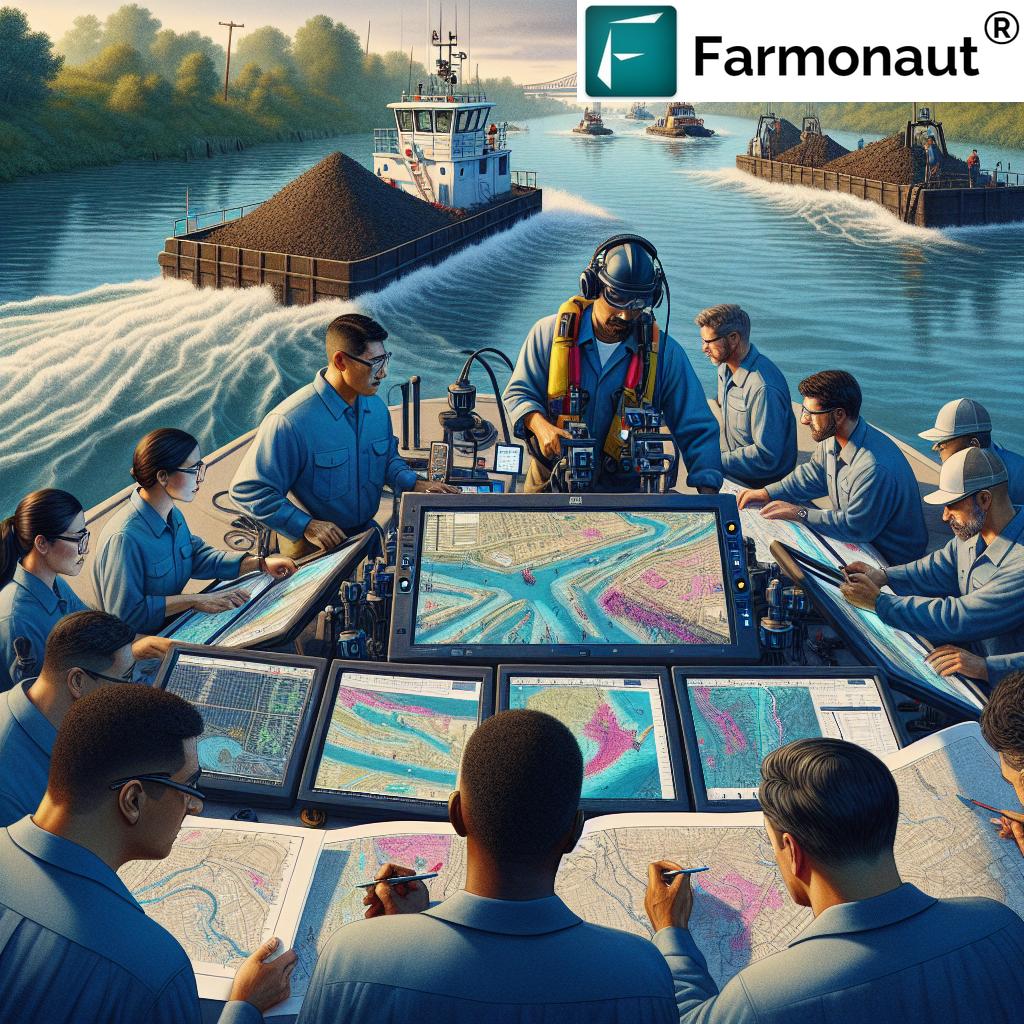
Navigating Around Critical Infrastructure
One of the most challenging aspects of our Monongahela River navigation project is working around the myriad of underwater infrastructure that crisscrosses the riverbed. From power cables and gas lines to communication networks and water mains, the river bottom is a complex web of critical utilities that must be carefully navigated.
Our approach to managing this challenge involves:
- Comprehensive mapping and marking of all known underwater utilities
- Close coordination with utility companies and local authorities
- Use of specialized equipment for precision excavation near sensitive areas
- Ongoing monitoring and real-time adjustments during dredging operations
In one particularly complex section of the river, we encountered a high-pressure gas main and a fiber-optic communication line in close proximity to our dredging zone. This required careful planning and execution to ensure that we could maintain the necessary channel depth without risking damage to these critical utilities. Through meticulous coordination and the use of specialized dredging techniques, we were able to successfully navigate this challenging area while maintaining the integrity of the underwater infrastructure.
The Impact on Regional Commerce and Industry
The importance of our dredging project extends far beyond the immediate vicinity of the Monongahela River. By maintaining a navigable channel, we’re ensuring the continued flow of commerce that is vital to the region’s economy. The river serves as a crucial transportation route for a wide range of industries, including:
- Coal mining and energy production
- Steel manufacturing
- Construction materials
- Agricultural products
- Chemical industries
The efficient transport of bulk commodities along the Monongahela River directly impacts the competitiveness of these industries, supporting thousands of jobs and contributing significantly to the regional economy. Our dredging operations play a critical role in maintaining this economic lifeline, ensuring that businesses can continue to rely on cost-effective river transport for their goods.
Overcoming Unique Obstacles: The Boulder Challenge
Among the many challenges we face in our river dredging operations, one of the most formidable is dealing with massive boulders that occasionally litter the riverbed. These geological remnants, some weighing several tons, pose significant obstacles to navigation and require specialized techniques for removal or relocation.
Our approach to the boulder challenge involves:
- Advanced sonar mapping to identify and locate large obstacles
- Use of specialized lifting equipment capable of handling extreme weights
- Employing underwater cutting and breaking techniques when necessary
- Careful planning to ensure minimal disturbance to the surrounding riverbed
In one notable instance, our team encountered a boulder the size of a small car, firmly embedded in the river bottom. Too large to be lifted safely, we had to employ a combination of underwater cutting techniques and controlled explosives to break the boulder into manageable pieces. This delicate operation required close coordination with environmental experts to ensure minimal impact on the aquatic ecosystem.
Cutting-Edge Technologies in Dredging
The field of river dredging is constantly evolving, with new technologies emerging to improve efficiency, accuracy, and environmental sustainability. In our Pittsburgh district dredging project, we’re at the forefront of adopting and implementing these cutting-edge solutions.
Some of the innovative technologies we’re utilizing include:
- Autonomous dredging vessels for continuous, 24/7 operations
- AI-powered sediment analysis for real-time decision making
- Robotic underwater inspection drones for detailed infrastructure assessments
- Advanced water filtration systems to minimize turbidity during dredging
These technologies not only enhance the efficiency of our operations but also contribute to our commitment to environmental stewardship. By leveraging the latest advancements in the field, we’re able to conduct our dredging activities with greater precision and less impact on the surrounding ecosystem.
Coordination and Planning: The Backbone of Successful Dredging
Behind every successful river dredging operation lies months, if not years, of meticulous planning and coordination. Our work on the Monongahela River is no exception. The complexity of the project demands a level of organization and collaboration that spans multiple agencies, stakeholders, and expert teams.
Key aspects of our coordination efforts include:
- Regular meetings with local, state, and federal agencies
- Ongoing communication with commercial shipping operators
- Coordination with environmental groups and wildlife experts
- Public outreach and education programs to keep communities informed
- Detailed scheduling to minimize disruptions to river traffic
This comprehensive approach to planning ensures that all aspects of the dredging project are carefully considered and that potential conflicts or issues are addressed proactively. It’s a testament to the dedication and expertise of our team that we’re able to navigate these complex logistics while maintaining the highest standards of safety and efficiency.
Environmental Monitoring and Compliance
As stewards of the Monongahela River, we take our environmental responsibilities very seriously. Our dredging operations are subject to strict environmental regulations, and we go above and beyond to ensure that our activities have minimal impact on the river’s ecosystem.
Our environmental monitoring program includes:
- Continuous water quality testing before, during, and after dredging activities
- Regular surveys of aquatic life populations in the affected areas
- Monitoring of sediment dispersion and turbidity levels
- Assessment of shoreline stability and erosion patterns
- Tracking of any potential impacts on migratory bird patterns
We work closely with environmental scientists and local conservation groups to ensure that our dredging activities are conducted in the most ecologically responsible manner possible. This commitment to environmental stewardship is not just about compliance; it’s about preserving the natural beauty and biodiversity of the Monongahela River for future generations.
The Future of River Dredging: Innovations on the Horizon
As we continue our work on the Monongahela River, we’re always looking towards the future of river dredging operations. The field is rapidly evolving, with new technologies and methodologies emerging that promise to make dredging more efficient, cost-effective, and environmentally friendly.
Some of the exciting innovations we’re keeping an eye on include:
- Autonomous dredging vessels capable of 24/7 operations
- Advanced AI systems for real-time sediment analysis and dredging optimization
- Eco-friendly dredging techniques that minimize disturbance to aquatic habitats
- Innovative sediment reuse programs that turn dredged material into valuable resources
These advancements have the potential to revolutionize the way we approach river dredging operations, making it possible to maintain our waterways with greater precision and less environmental impact than ever before.
Monongahela River Dredging Project Overview
| Project Phases | Estimated Timeline | Primary Challenges | Techniques Employed | Environmental Considerations | Economic Impact |
|---|---|---|---|---|---|
| Channel Restoration | 6-8 months | Sediment accumulation, Underwater obstacles | Precision dredging, Sonar mapping | Minimize turbidity, Protect aquatic habitats | Improved navigation for commercial vessels |
| Underwater Infrastructure Management | 3-4 months | Utility line protection, Structural integrity | ROV inspections, Targeted excavation | Prevent utility damage, Minimize riverbed disturbance | Enhanced safety for river transport |
| Precision Excavation | Ongoing | Depth accuracy, Equipment positioning | GPS-guided excavators, 3D modeling | Reduce over-dredging, Protect sensitive areas | Optimal channel depth for larger vessels |
| Boulder Removal | 2-3 months | Heavy lifting, Fragmentation of large rocks | Specialized lifting equipment, Underwater cutting | Minimize sediment dispersion, Protect fish populations | Removal of navigation hazards |
| Utility Navigation | 1-2 months | Avoiding damage to underwater utilities | Precision mapping, Coordination with utility companies | Protect critical infrastructure, Prevent service disruptions | Maintained integrity of regional utilities |
Conclusion: Navigating the Future of the Monongahela River
As we conclude our journey through the complex world of river dredging operations on the Monongahela River, it’s clear that this work is far more than just moving soil and rocks. It’s about maintaining a vital lifeline for commerce, preserving a delicate ecosystem, and ensuring the continued prosperity of the Pittsburgh region.
Our Pittsburgh district dredging project stands as a testament to human ingenuity, technological innovation, and environmental stewardship. Through the dedication of our teams, the support of our partners, and the understanding of the communities we serve, we’re not just maintaining a river – we’re safeguarding a legacy.
As we look to the future, we remain committed to embracing new technologies, refining our techniques, and always striving for the perfect balance between progress and preservation. The Monongahela River has been the lifeblood of this region for generations, and through our continued efforts, it will remain so for many more to come.
FAQs
- Q: How often does the Monongahela River need to be dredged?
A: The frequency of dredging depends on various factors such as river flow, sediment accumulation, and commercial traffic. Typically, major dredging operations are conducted every 3-5 years, with ongoing maintenance dredging as needed. - Q: What happens to the material that is dredged from the river?
A: Dredged material is carefully analyzed and, depending on its composition, may be used for beneficial purposes such as habitat restoration, construction fill, or beach nourishment. Material that doesn’t meet environmental standards is disposed of in designated facilities. - Q: How does dredging affect the river’s ecosystem?
A: While dredging can have short-term impacts on aquatic habitats, our operations are designed to minimize these effects. We employ environmental best practices, conduct thorough impact assessments, and often implement habitat restoration measures as part of our projects. - Q: What safety measures are in place during dredging operations?
A: Safety is our top priority. We implement strict safety protocols, use advanced navigation systems to avoid collisions, and coordinate closely with river traffic. All personnel are trained in safety procedures, and operations are constantly monitored for potential hazards. - Q: How does river dredging benefit the local economy?
A: Dredging maintains the navigability of the river for commercial vessels, allowing for cost-effective transportation of goods. This supports local industries, creates jobs, and contributes to the overall economic health of the region.
For those interested in learning more about innovative agricultural technologies and how they’re transforming modern farming practices, we recommend exploring the solutions offered by Farmonaut. While our focus is on river management, Farmonaut specializes in satellite-based farm management, providing valuable tools for precision agriculture and sustainable farming practices.
Their carbon footprinting services, for instance, can help agribusinesses monitor and reduce their environmental impact, aligning with the growing emphasis on sustainability in all sectors, including waterway management.
Additionally, Farmonaut’s large scale farm management solutions demonstrate how advanced technologies can be applied to optimize operations and resource use, principles that are equally valuable in complex projects like river dredging.
While our fields may differ, the core principles of leveraging technology for efficiency and sustainability remain the same. We encourage readers interested in agricultural innovation to explore Farmonaut’s offerings and see how technology is reshaping various aspects of resource management and environmental stewardship.
